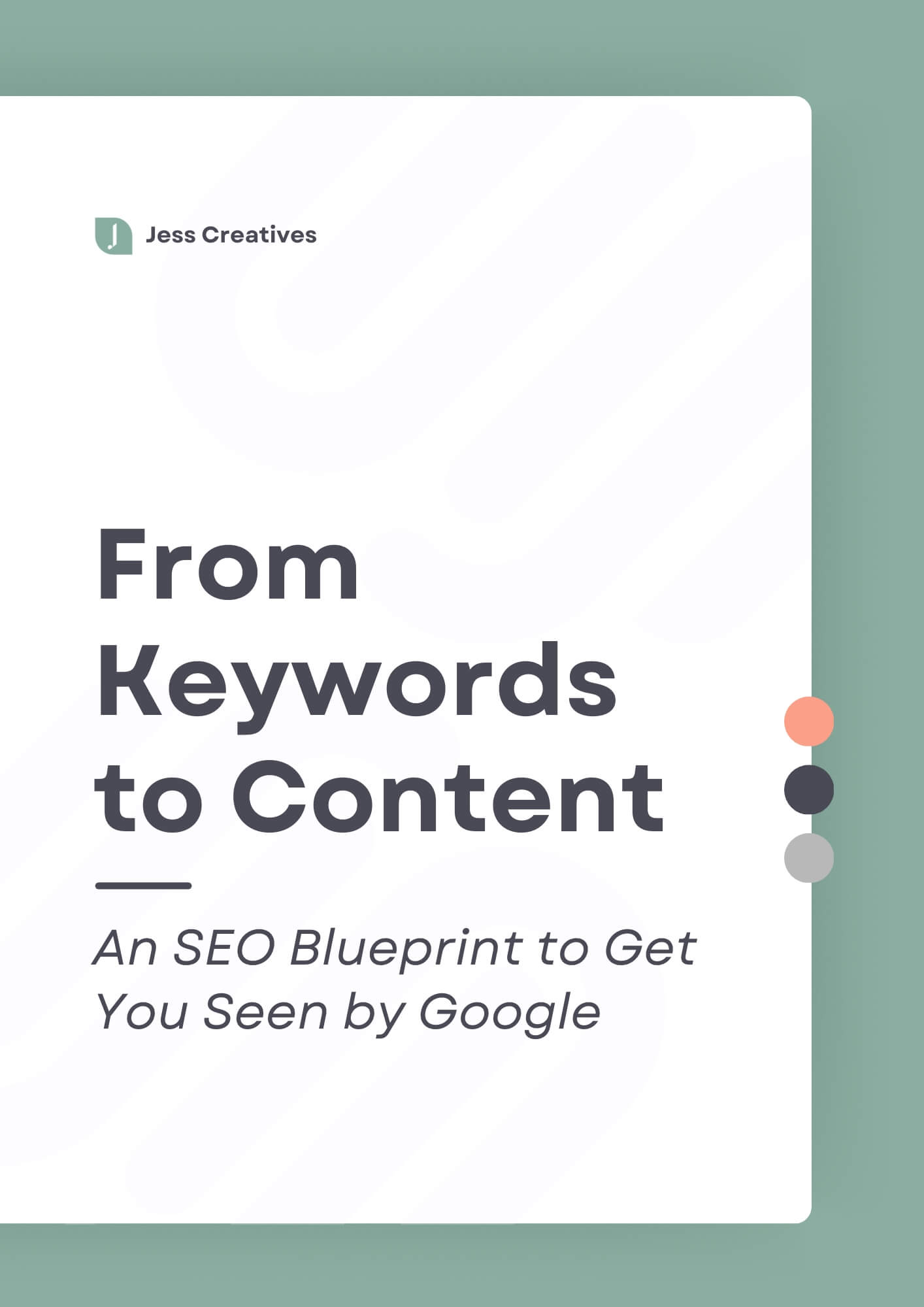We all spend time and money on creating a website for our businesses, but you will see little ROI without a solid website strategy behind it. Whether you are just starting to build the first website for your business, or you recognize that your current website isn’t serving your business, a strategy is the first step.
What is the strategy of a website?
The website strategy is the plan and funnel that will guide how you layout and design your website, as well as dictate what copy you need for your website. Each business has different objectives and goals for its website depending on the type of business, products, and clients. What an e-commerce website focuses on will be different than a B2B website that offers mainly one-to-one services. Within B2B websites, there are different objectives too: growing your email list, affiliate and passive income, or getting clients.
Why is website strategy important?
Having a website strategy is important because, without clear goals, you don’t know how your website is performing. We can look at the amount of website traffic we’re getting, but without also looking at conversions and sales alongside it, and comparing that to our strategy, we’re just celebrating random numbers.
A website strategy can also help keep you on track in regards to website content. It’s easy to get caught up in bells and whistles, or trying new plugins and features––but you have to know if these things are actually worth doing.
How can I improve my website strategy?
Working with business owners for the last 10 years, I know that most website strategy plans are not specific enough. Most businesses decide that their goal and strategy for their website is to get more clients…. and that’s it. That’s their strategy.
The right website strategy will be clear about who the target audience is, what type of content you will be putting on the website, and how you will track progress (probably your analytics). It also needs to take into consideration your marketing strategy and SEO strategy as well. (Another option for improving your website strategy is to fast-track it by working with a designer!)
What is an SEO strategy?
The SEO strategy for your website takes into consideration the blog topics you will have on your website, and the order in which you will talk about different topics. You need to take into consideration the intent of the users and what they’re searching for (are they looking to buy vs are they just researching), and how you will convert users into clients or customers after they’ve read your posts.
Is copywriting part of website strategy?
Copywriting is 100% part of website strategy, because your brand messaging needs to strong and clear. The messaging on your site is going to keep people engaged (a.k.a. clicking through more pages), and also help with conversions. Your copy guides the design and organization of the website, and is also beneficial for SEO.
What should a website strategy include?
Website strategies can vary depending on the type of website (which we’ll talk about below), but overall, most need to include:
- Clear definition of target audience (who they are, how they’ll find us)
- 3-5 goals for the website (what we want people to do)
- Main keywords to focus on
- Brand messaging guidance
- Outline of the site flow
- How the website will move you closer to your goals
- Does your site need to leverage any personalization features?
Do website platforms matter as part of a website strategy?
Website platforms are not a huge factor in the website strategy, but platforms are something to consider. While most of a website strategy revolves around website organization, website copy, and website flow… there’s also the piece of website functionalities to consider. For example, part of your website strategy might include tripwires and deadline-based funnels, which might mean you want to use WordPress. Blogging and content marketing might be a huge part of your funnel and outreach, so you’ll want to consider the blogging tools available on different platforms.
Types of website strategy
It’s important to note that different industries need slightly different website strategies! An author website is going to have a different strategy from a nutritionist website, who is going to have a different strategy from a product website, and on and on.
Non-profit website strategy
Non-profit websites are very different from B2B websites because the goal and the audience is much different. While non-profits are trying to get more donations or donors, which is basically like a client, the strategy is usually different. Businesses can (and should) use storytelling in their websites, but for non-profits, it’s an absolute must. Non-profits website strategies are going to be more focused on getting people into the stories of change and impact first, before trying to convert.
B2B website strategy for getting clients
Service-based businesses are those that offer 1:1 services, and usually don’t have a physical product to sell. Their website is there to talk about their different services and get people to book a call or fill out a form. The biggest mistake I see in B2B website strategy is the lack of information on sales pages, and hoping everyone will just book a call to get the info they want. To get people to convert, we need to focus on building more know, like, and trust through our website, and that includes being transparent about our packages and pricing.
B2B website strategy for growing your email list
Not all B2B businesses have a main goal of getting clients through their websites. Many B2B entrepreneurs are focused on growing their email list or running ads because their main offers are courses or digital products. Creating a website strategy for growing your email list is quite easy: create content to drive traffic, have an amazing opt-in (or more than one), and a great email funnel. (This strategy goal is the only time I recommend people use an email pop-up on their website!)
E-commerce website strategy
E-commerce websites are also very different from B2B websites, because generally the transaction happens without any 1:1 interaction with the business owner. There is a lot of trust that needs to be built and conveyed through the website to make conversions happen. On top of that, it also needs to be a good user experience, because we’re all used to the ease of Amazon purchases. E-commerce brands usually have a strong lean towards also focusing on their email list, because then they can leverage their list to announce sales.



